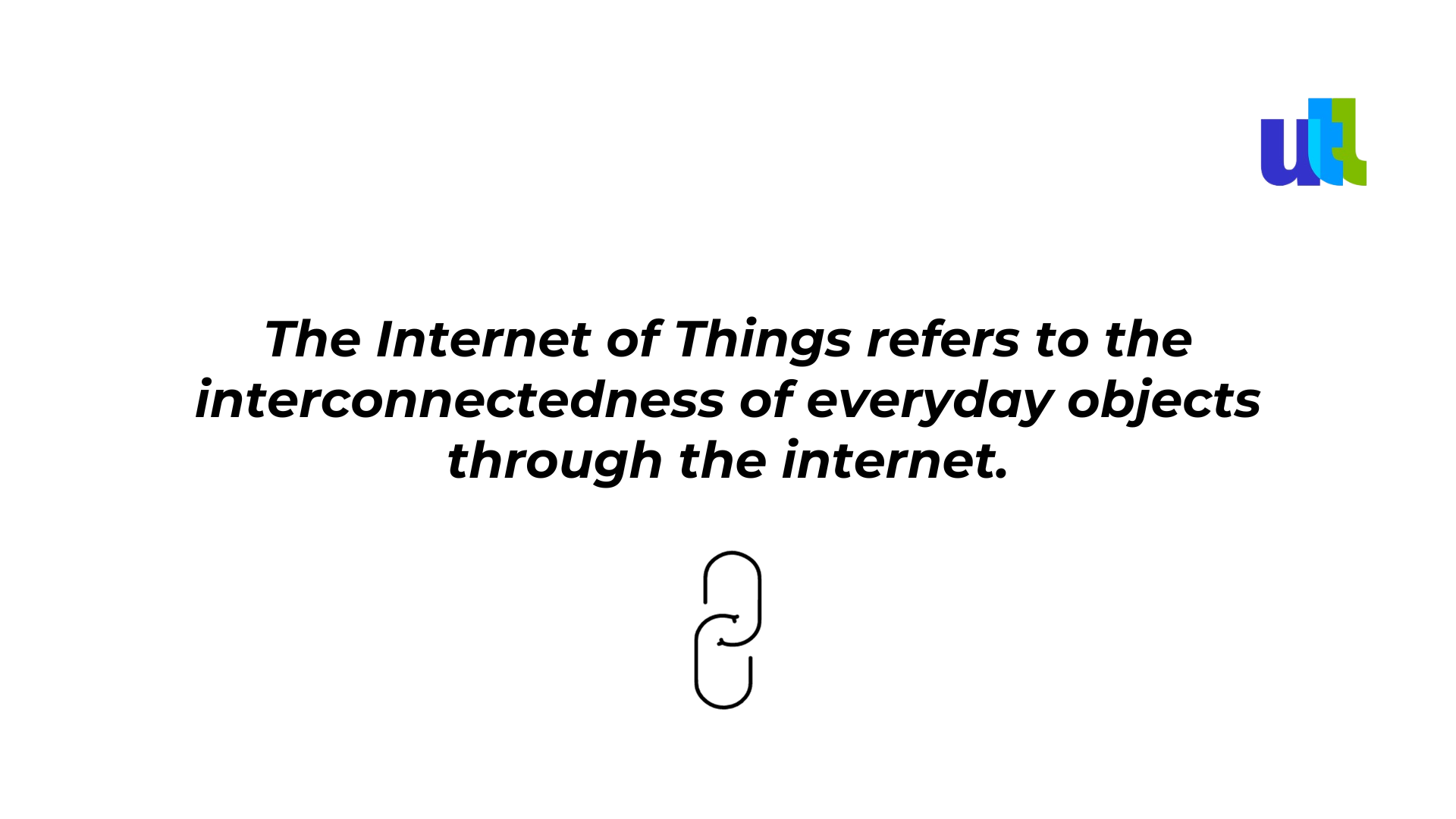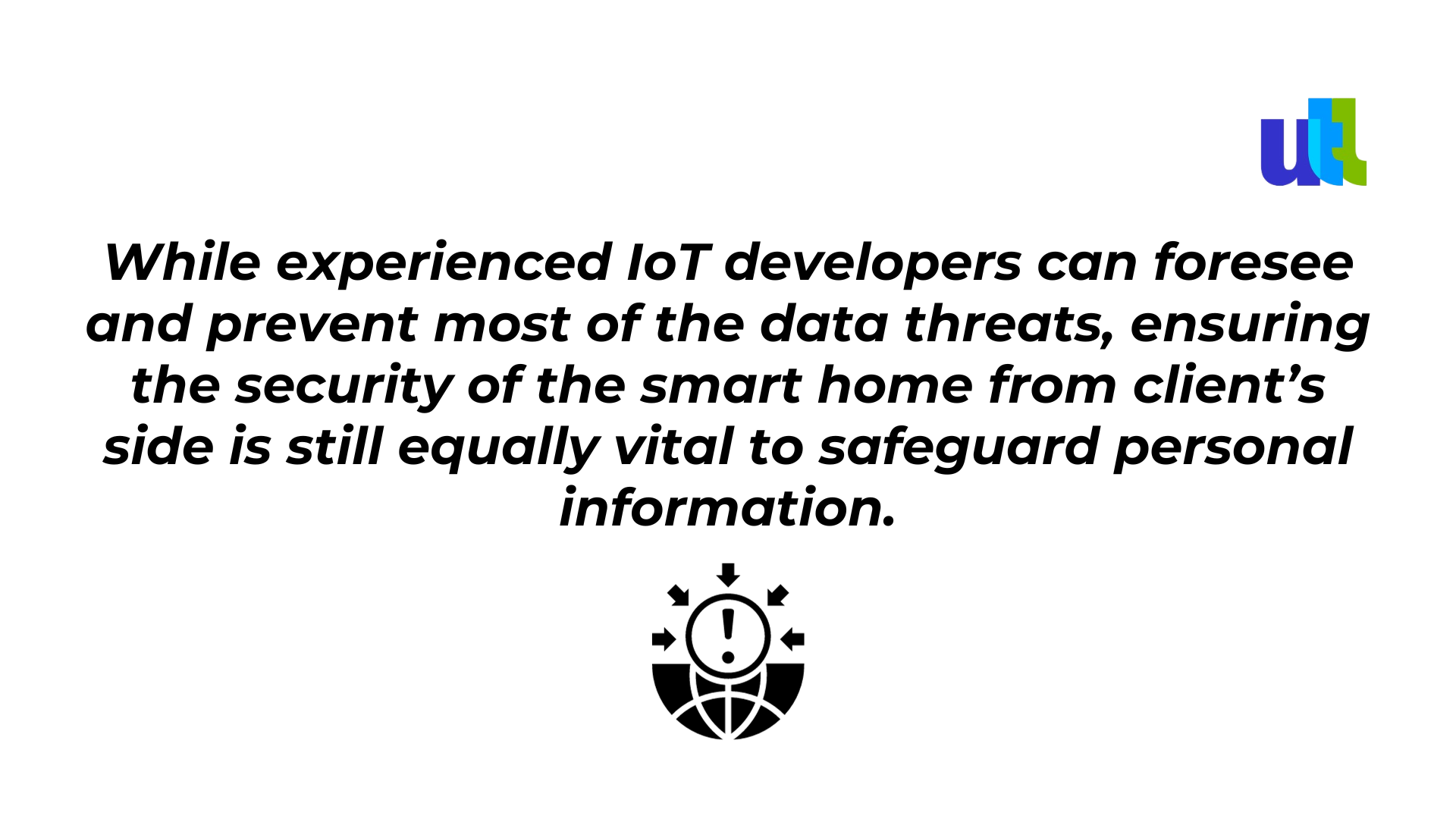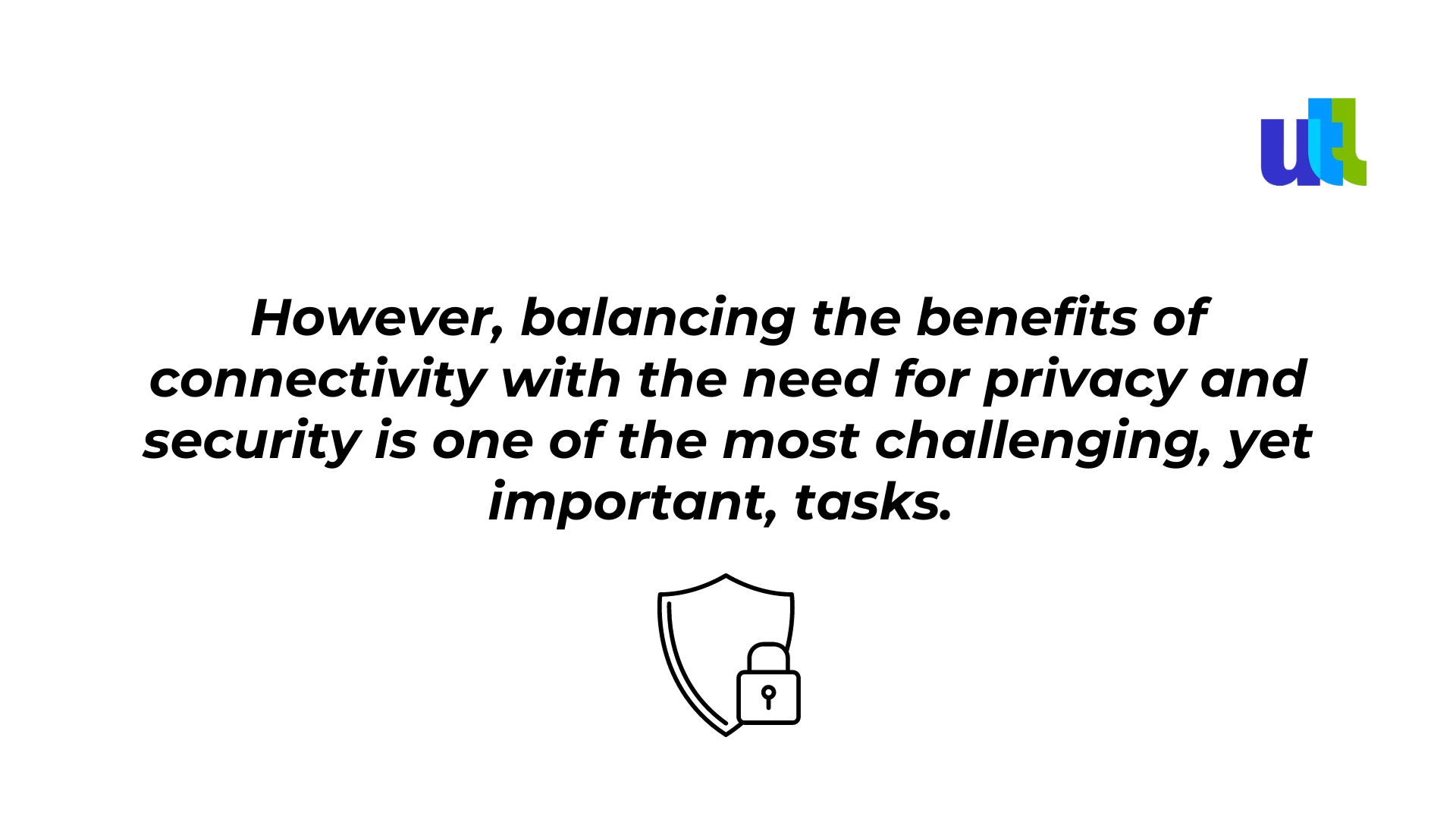In this article, we'll explore the exciting world of IoT and how you can transform your living space into a cutting-edge smart home.
In the not-so-distant past, the idea of controlling your home with just a voice command or a tap on your smartphone seemed like something straight out of science fiction. Thanks to the Internet of Things (IoT), turning your regular home into a smart one has become not only possible but also increasingly accessible.
However,as we invite more technology into our living spaces, we must also address the critical concerns surrounding privacy and security.
We hear everywhere about it – the IoT
Before we delve into the intricacies of building a smart home, let's clarify what IoT is.

In simpler terms, it's about enabling devices to communicate with each other and with us. In the context of a smart home, this means appliances, lighting, security systems, and more can be connected and controlled remotely.
The foundation: A robust network
Building a smart home begins with a solid network infrastructure. You'll need a reliable Wi-Fi network that covers every nook and cranny of your home. High-speed internet is essential, as a weak or slow connection can hamper the functionality of your IoT devices.
Network security encompasses the following:
Strong Passwords. Using unique, complex passwords for your smart devices and Wi-Fi network.
Network Segmentation. Creating a guest network specifically for IoT devices to prevent unauthorized access to your main network.
Firmware Updates. Regularly updating the firmware and software for your IoT devices. Why is It so important? Well, first of all because manufacturers release updates to patch recently detected vulnerabilities.
What’s next? The features!
From controlling our lights with a voice command to monitoring our security cameras remotely, the benefits are clear. But let’s go deeper into every functionality.
- Smart lighting
It is the convenience of having the ability to adjust the brightness and color of your lights with just a voice command or a tap on your phone. Smart lighting systems offer an array of lighting options, from setting the mood for a romantic dinner to simulating a sunrise to wake you up gently in the morning.
- Thermostat and climate control
Smart thermostats help you save money on energy bills by learning your heating and cooling preferences and optimizing your HVAC system accordingly. You can control your home's temperature remotely, ensuring you return to a comfortable environment after a long day outside.
- Home security
Enhancing the security is actually easier with IoT devices. Smart doorbell cameras like the Ring Video Doorbell allow you to see and communicate with visitors from your smartphone, even when you're not at home. Pair this with smart locks, temporary digital keys, and motion-activated lights for added security.
- Voice assistants
Integrating a voice assistant like Amazon Alexa or Google Assistant centralizes control over your smart devices. You can ask questions, set reminders, and control your smart home gadgets effortlessly through voice commands. It's like having your very own personal assistant.
- Entertainment
For an immersive entertainment experience IoT technology offers smart TVs, sound systems, and streaming devices. With a single voice command or a tap, you can dim the lights, lower the blinds, and start a movie night at home.
- Kitchen gadgets and appliances
IoT Smart Homes are not limited to managing living rooms and bedrooms. In the kitchen, smart appliances like refrigerators, ovens, and coffee makers can streamline your daily routines. A coffee maker can start brewing your morning cup as soon as your alarm goes off!
- Smart garden and outdoor devices
The technology also offer much help with taking care of your outdoor space. From robotic lawn mowers to smart irrigation controllers, such devices help you maintain your outdoor spaces with efficiency and precision.
- Energy efficiency
We know it is usually believed to be on contrary. However, one of the hidden benefits of a smart home is increased energy efficiency.
- Smart devices for health monitoring
Devices like smart scales, blood pressure monitors, and wearable fitness trackers can sync with your smartphone or smart home hub to provide real-time health data. Some smart mirrors can even display health metrics while you get ready in the morning.
- Monitor and reduce your energy consumption
Smart plugs and switches allow users to control when devices are powered on or off, while smart meters provide insights into your energy usage (daily/weekly or monthly).
As we can see, smart home enriched with IoT devices offers remarkable convenience. But it also demands a heightened awareness of privacy and data security. Balancing the benefits of connectivity with the need for protection requires vigilance, caution, and informed decision-making. By following the latest practices it becomes possible to truly keep your personal information and living space safe from potential threats and undesired data sharing.
Privacy and security concerns
Just think about it: your voice assistant records your queries, your smart thermostat learns your schedule, and your security cameras capture footage around your home. While this data can enhance convenience, it also naturally raises privacy concerns.

How to protect your data?
Our experts advise:
1. To review Privacy Policies regularly
Before purchasing IoT devices, read and understand the privacy policies and terms of service. Look for companies that prioritize user privacy and data protection.
2. Minimize Data Sharing
Limit the data you share. Only provide necessary information during device setup, and opt for features that don't require excessive data sharing.
3. Disable some of the features
Disable features or permissions that you don't use regularly. For example, you can disable voice recording on your smart speakers.
4. Regularly Updating Permissions
Periodically review and update app permissions for your smart devices. Revoke permissions for apps or services that you do not need anymore
Conclusion
Building a smart home with IoT is an exciting journey into the future. The examples presented in this article illustrate the versatility and convenience of smart home technology. The ability to customize and automate your living space to your preferences is at the heart of the smart home revolution, making everyday life more convenient and enjoyable. Furthermore, incorporating health and wellness monitoring into your smart home setup, can help you take proactive steps towards improving your overall well-being, making informed decisions about your health, and even sharing vital health information with healthcare providers when needed.

As technology continues to advance, the possibilities for creating your ideal smart home are virtually limitless. Welcome to the world of smart living!
For free consultation on IoT in 2024, click here.
----------------------------------------------------------------------------------------------
View the full presentation:
WRITTEN BY
Sofia Kutko
2023-10-04


































































































































































































